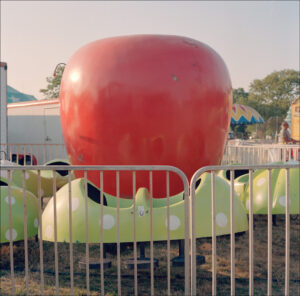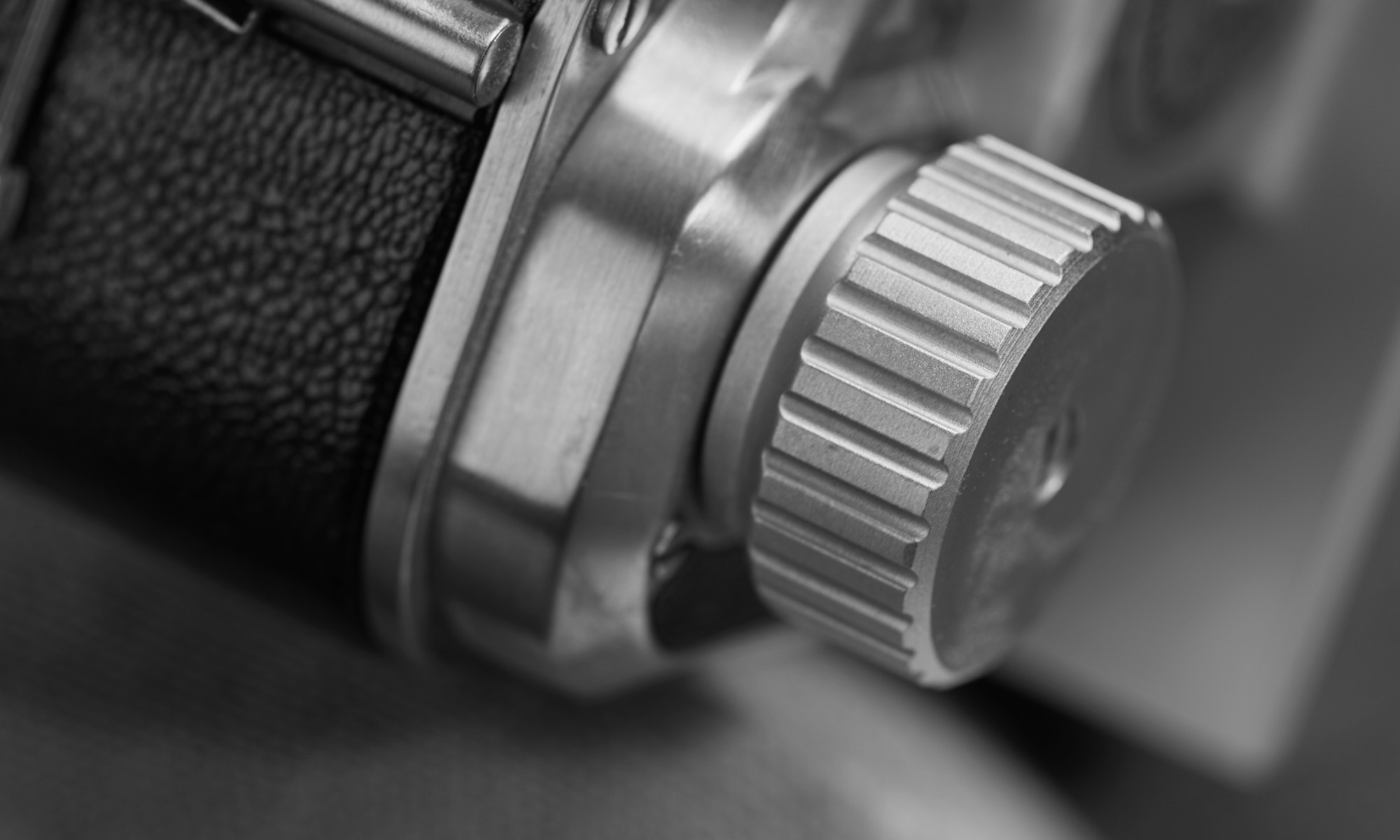 I was 24 years old when I first processed color negative film in Kodak’s new C-41 chemistry. I owned a small custom processing lab at the time. We had been running C-22 , C-41’a very time-consuming predecessor. I certainly welcomed the simplicity of process C-41, even though maintaining the new 100° processing temperature presented some challenges. It’s hard to believe that C-41 was introduced a half-century ago in 1972, ! When digital photography became practical in the 1990s, I switched over to it for my professional shooting but I continued using C-41 films for my creative work. Recently however, I’ve thought seriously about giving up C-41 because the cost of color film has risen so dramatically. The processing chemistry was also becoming difficult to find. I thought the six rolls of color negative film I had shot over the summer would be my last. But when I began scanning and printing the negatives, I became convinced I needed to stay with my my hybrid analog-to-digital workflow. I have a number of cameras that all use 120 roll film. I generally use either Kodak’s Ektar 100 or Portra 400 film which I process in a Jobo processor. I scanning the resulting negatives with a Hasselblad Flextight scanner. From these scans I make pigment prints using a large format Epson printer and Colorbyte RIP software. There’s a certain hard-to-definable look these prints have over those generated from a digital camera. Even though my digital camera’s dynamic range is better than ten stops, the colors from film seem softer somehow and the highlight gradation seems better. I’ve decided to stay with C-41 as long as I can afford to.
I was 24 years old when I first processed color negative film in Kodak’s new C-41 chemistry. I owned a small custom processing lab at the time. We had been running C-22 , C-41’a very time-consuming predecessor. I certainly welcomed the simplicity of process C-41, even though maintaining the new 100° processing temperature presented some challenges. It’s hard to believe that C-41 was introduced a half-century ago in 1972, ! When digital photography became practical in the 1990s, I switched over to it for my professional shooting but I continued using C-41 films for my creative work. Recently however, I’ve thought seriously about giving up C-41 because the cost of color film has risen so dramatically. The processing chemistry was also becoming difficult to find. I thought the six rolls of color negative film I had shot over the summer would be my last. But when I began scanning and printing the negatives, I became convinced I needed to stay with my my hybrid analog-to-digital workflow. I have a number of cameras that all use 120 roll film. I generally use either Kodak’s Ektar 100 or Portra 400 film which I process in a Jobo processor. I scanning the resulting negatives with a Hasselblad Flextight scanner. From these scans I make pigment prints using a large format Epson printer and Colorbyte RIP software. There’s a certain hard-to-definable look these prints have over those generated from a digital camera. Even though my digital camera’s dynamic range is better than ten stops, the colors from film seem softer somehow and the highlight gradation seems better. I’ve decided to stay with C-41 as long as I can afford to.

PHOTOGRAPHER